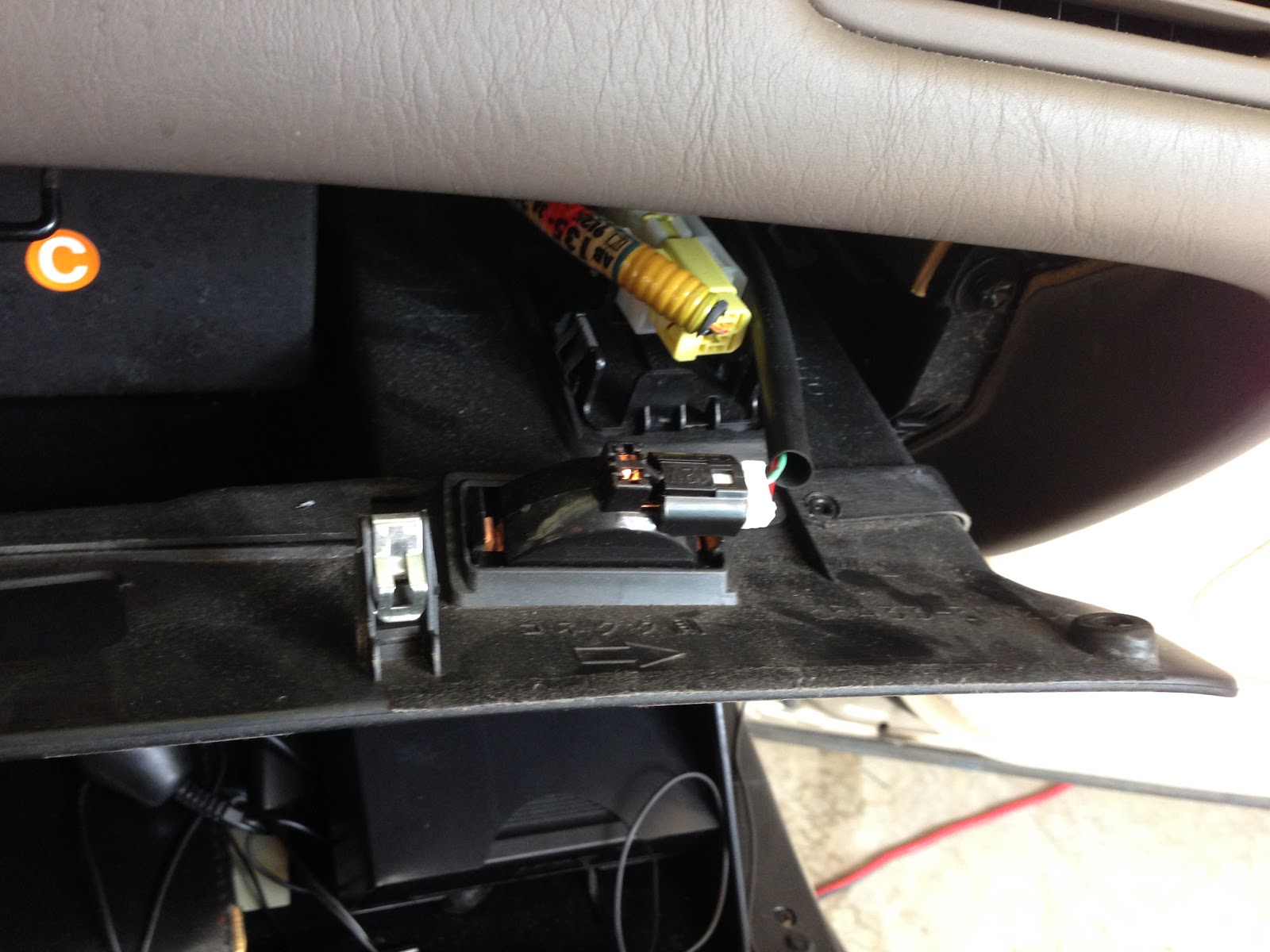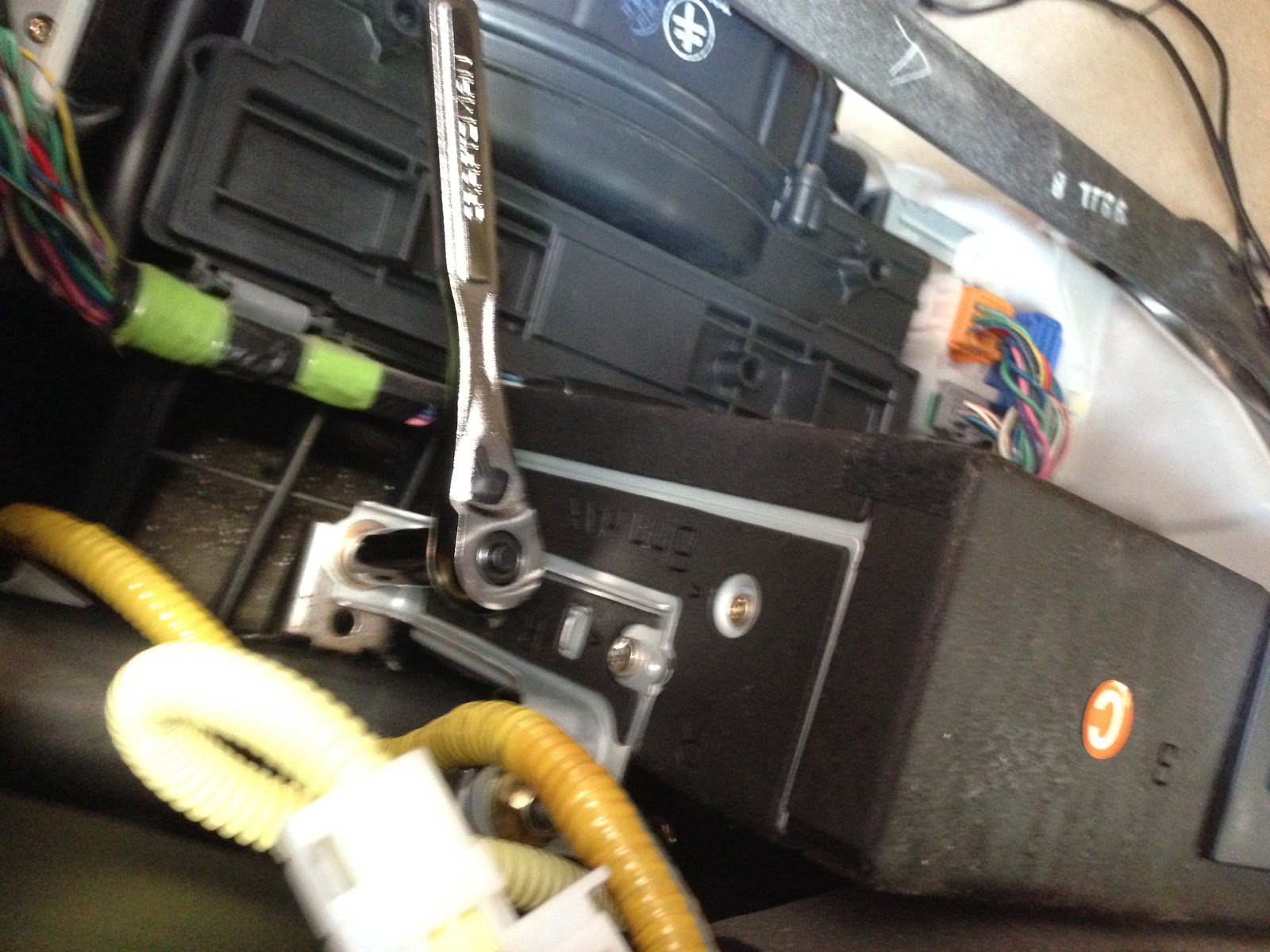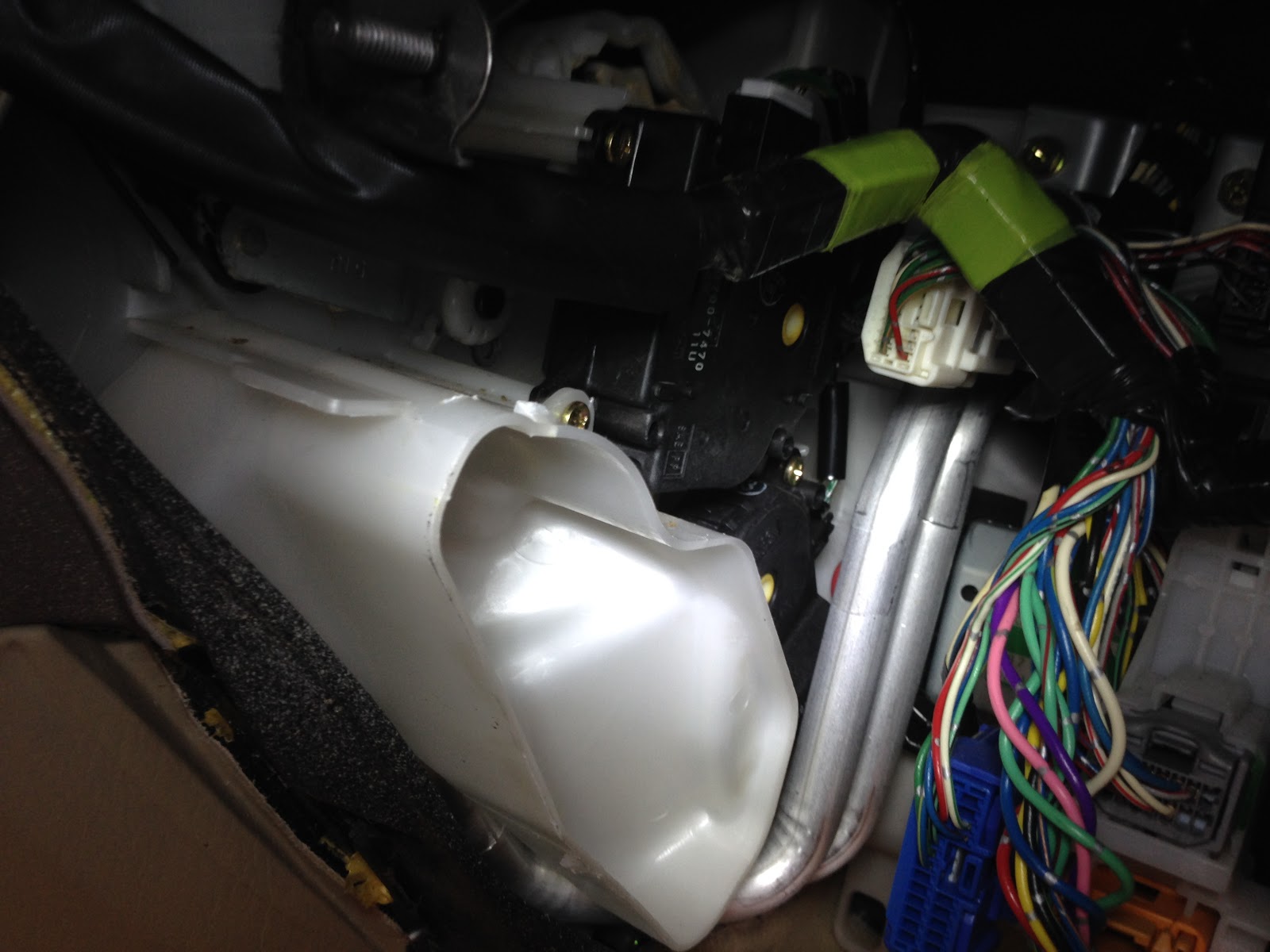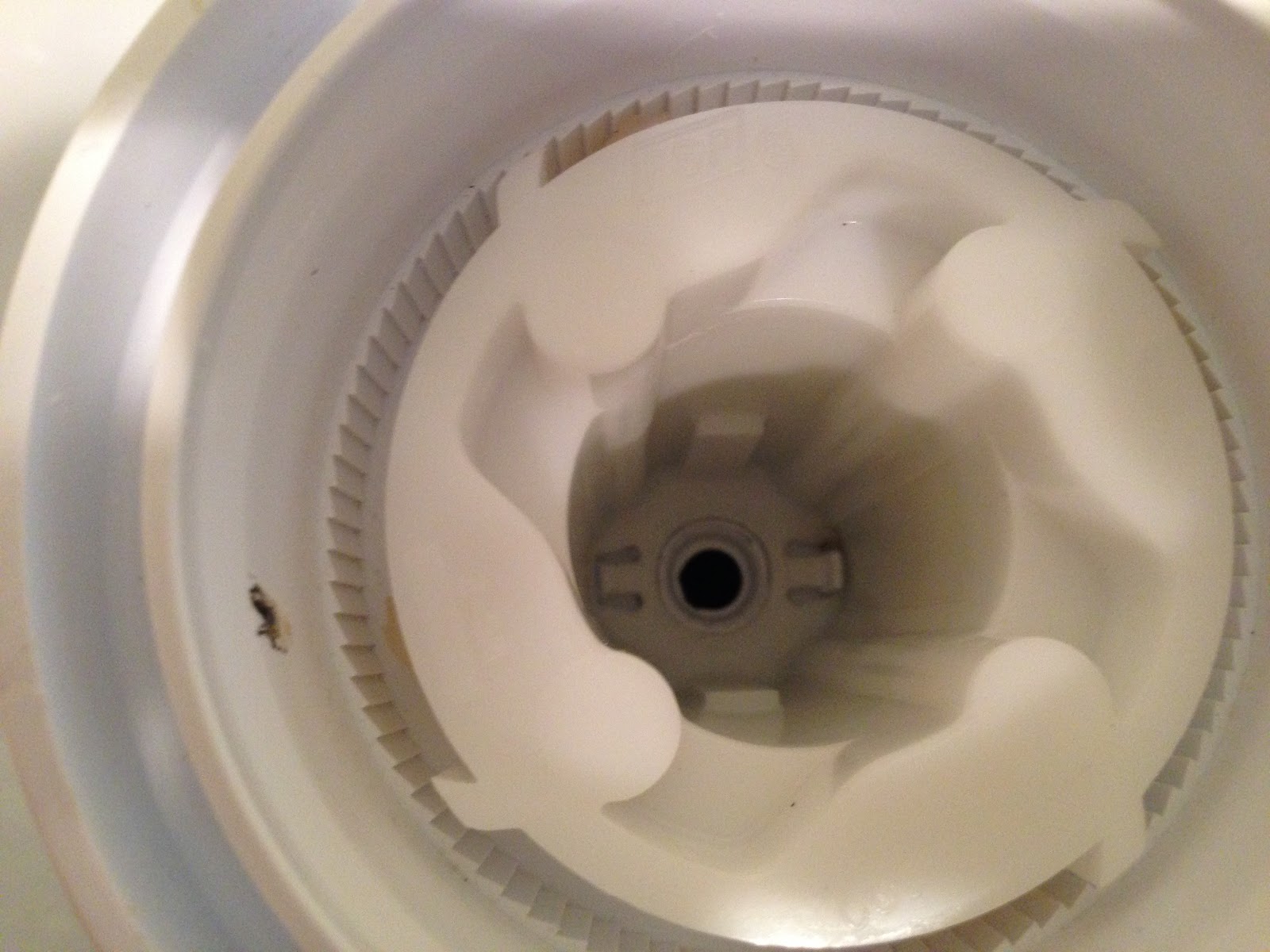| Nameplate - A 2003 Week 48 DW20.3 |
Controls for the D3250 (DW20.3)
Troubleshooting
Here are the troubleshooting steps I went through to eventually isolate the problem
1. First I accessed the service menu by turning off the unit, waiting 5 seconds, then turning it back on while holding down both the Prog and Start buttons. After releasing the the Prog and Start buttons the most recent fault code appears in the 6 LEDs as follows (LEDs labeled L1 to L6 from left to right)
L1 Temperature Fault
L2 Overfilling
L3 Thermistor Fault
L4 Water Intake Fault
L1 & L2 Pump Out Fault
L1 & L3 Filter Clogged
L1 & L4 Circulation Fault
Curiously, there was no water intake fault code displayed.
2. Next I pulled the dishwasher out from under the counter, removed the rear access panel and pulled out the inlet water valve. I found a bunch a trash in the inlet filter screen but not enough to completely block water flow.
Inlet Valve with chunks of an old O-Ring caught in the inlet screen
3. After cleaning out the inlet I reconnected the water line and tested the valve by directly applying 110VAC to the terminals. It worked just fine so I knew the valve wasn't the problem and put that all back together.
4. Next I checked the control board to see if there was any obvious damage. To access the control board you just unscrew the torx head screws on the stainless steel interior door liner along the sides, in the center towards the bottom and in the center towards the top. Not finding any obvious heat damage on the control board I re-installed it but didn't yet reconnect connector #3 which supplies power to the inlet valve and used the service menu to power the inlet valve.
(After turning off for 5 sec, hold the Prog and Start buttons down while turning on, then press the Prog button to cycle through testing each function in succession 1. Inlet valve, 2. Salt valve 3. Detergent Dispenser 4. Circulation Pump 5. Circulation Pump and Heater 6. Fan 7. Drain Pump)
While in the inlet valve test mode I used my digital voltmeter to verify that there was 110VAC on the "IV" terminal which is labeled with raised letters molded into the plastic housing.
Repair
So now I knew the valve was getting power but not turning on and I had already verified that the valve works when powered directly so that lead me to the downstream side of the valve wiring. The other side of the inlet valve is wired to overflow float switch. In the center of the dishwasher pan there is a rectangular piece of Styrofoam that will actuate the overflow switch if it floats in the pan. When this happens the inlet valve is disconnected from common and the drain pump is turned on.
On the left side of the float switch (as viewed from the back) are two wiring connectors on top of each other. The top blue one has the drain pump and common wires while the lower white one has the inlet valve wire. When I unplugged the wiring connectors I immediately saw the problem. The connector was burned and melted as you can see in the photos below.
Since I needed to get the dishwasher running again without waiting on a new switch and new connectors, I just cut and stripped the common and inlet valve wires and twisted them together with a wire nut thereby bypassing the float switch. I no longer have overflow protection (at least until I buy a new float switch and install it) and I have no idea what caused the failure in the first place but our dishwasher is now up and running again just like new.
Blue Float Switch Connector - In the center of this photo you can see the blue connector that is burned/melted. This connector has the Drain pump and common wires to connect to the float switch.
Inlet Valve Wire Connector from the Float Switch - you an see the burned/melted part of the blue connector fused to the top of this one.
Fixed the Asko dishware (good enough for now) in about 4 hours for $0 by bypassing the float switch and directly connecting the back side of the inlet valve solenoid to common.






























